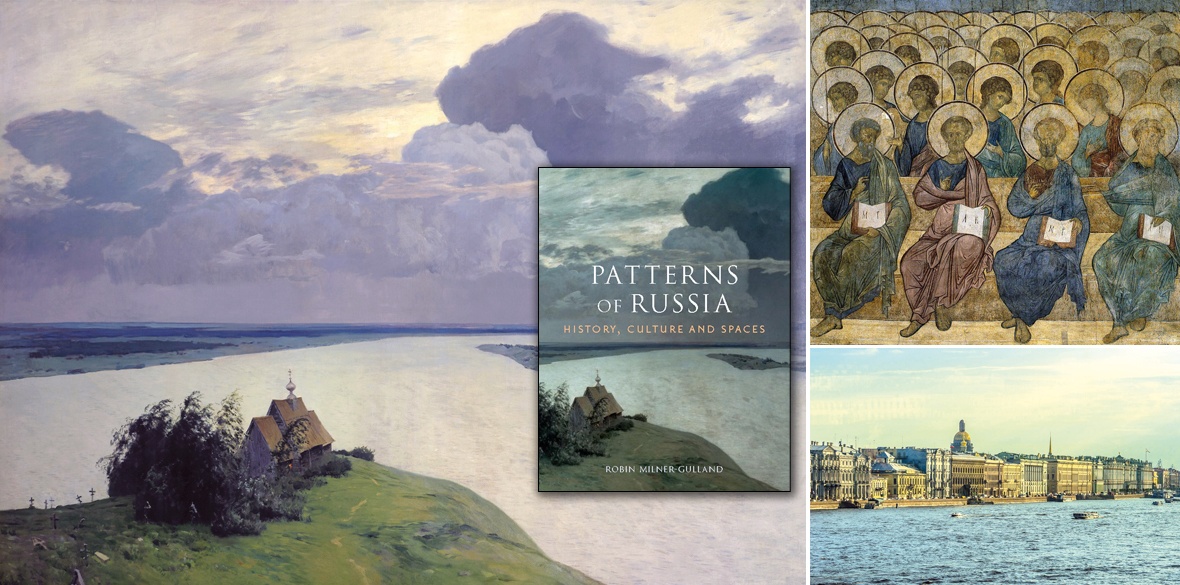This is the last article you can read this month
You can read more article this month
You can read more articles this month
Sorry your limit is up for this month
Reset on:
Please help support the Morning Star by subscribing here
A SERIES of reflections on the interrelationships between culture, history and place, Patterns of Russia makes no attempt to be comprehensive. It is a surprisingly personal account but nonetheless interesting for that.
Its author, Robin Milner-Gulland, writes in a relaxed and conversational style, covering the huge subject matter in a pleasurably engaging and jargon-free fashion.
Influences from different civilisations over the past two millennia are skilfully referenced throughout, highlighting the multicultural areas of influence that eventually created the “lands of the Rus.”
More recently, the impact of nation states such as Ukraine, Poland, Lithuania and Sweden come under scrutiny, as does the distinction between different Slavic cultures.
Refreshingly, combined with this deep historical approach is Milner-Gulland’s ongoing concern to show how Russia cannot ever be understood without appreciating its geographies of Arctic regions, evergreen forest, steppe and desert and of the varied ecologies they contain.
Huge rivers like the Volga, Amur and Dnieper cut through these environments, facilitating the movement of people, goods and services.
Entire chapters are devoted to the foundation and subsequent development of St Petersburg and Moscow in which, intriguingly, the author demythologises the roles of both Peter and Catherine the Great in the evolution and growth of these great cities.
And Milner-Gulland reflects on the rural — or what has come to be known as “wooden Russia” — and the folk-based art now associated with it.
Holy Russia, with an emphasis on the Great Schism between the 11th-century Eastern Orthodox and Catholic churches, leading to the foundation of Russian Orthodoxy and the departure of the Old Believers, comes into focus, with Milner-Gulland charting everything from its emergent architecture as an artistic form to the recent revival of the beautiful monastic island of Solovki.
There are commentaries on the evolution of icon painting, the growth of portraiture in the 18th century and the importance of landscape artists such as the Itinerants school for later genres such as Socialist Realism.
Illustrated throughout by stunning photography and useful maps, this charming book comes highly recommended — it’s an ideal demonstration of what Lenin was to so fittingly term “Great Russian national pride.”
Published by Reaktion Books, £25.











